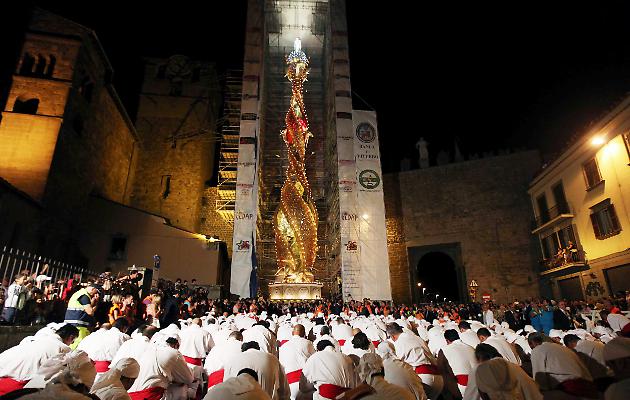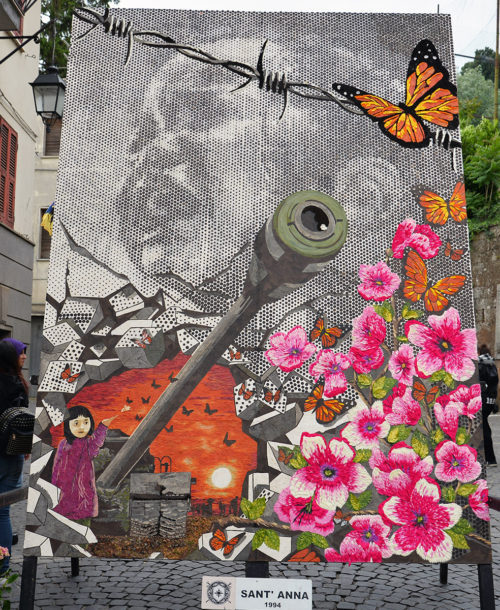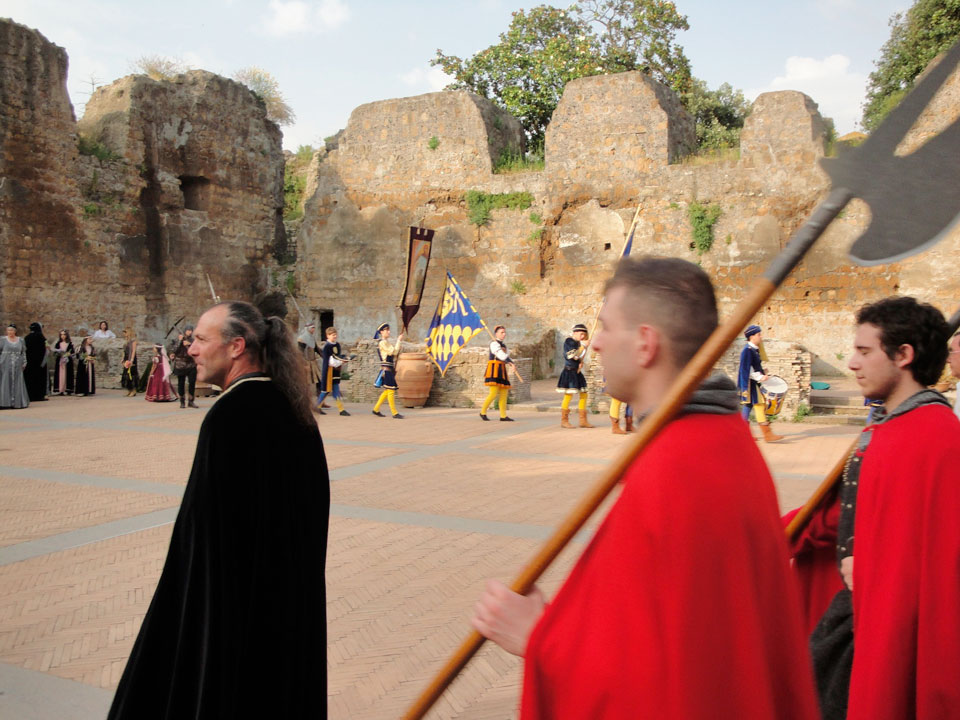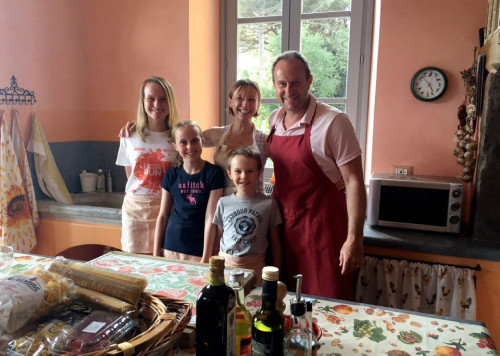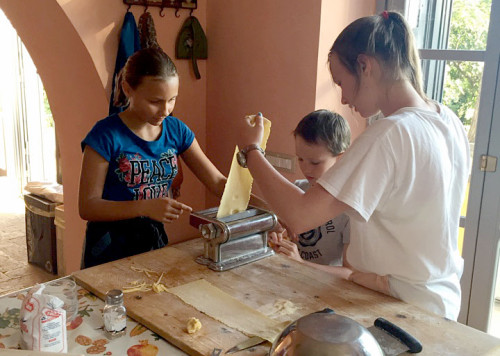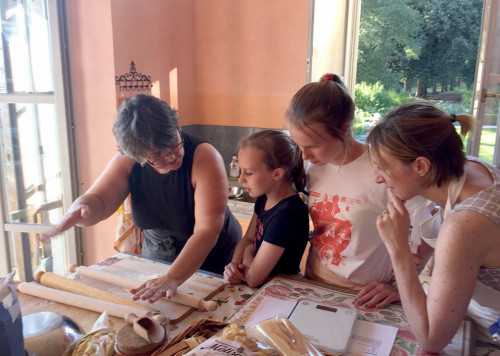Italy’s tourism sector generates over 13 per cent of the country’s wealth. It gives work to 3.5 million people. So however distressed you may be at the thought of renouncing your spring or summer break in the Bel Paese, rest assured that Italy is infinitely more upset at the knowledge that you won’t be coming.
Still smarting from its brutal struggle to bring coronavirus contagion levels down, Italy is taking all possible precautions to prevent steps backwards. The ban on non-essential movement out of your town of residence will be lifted in most regions in early May. If all goes to plan, Italians will be able to cross from one region to another from May 18. For the time being, a mandatory two weeks’ home quarantine for – rare – arrivals from abroad remains in place.
Hotels in Italy were never ordered to close, but very few have continued operating. “All my bookings till the end of June have been cancelled,” said Sandro Ferrari, owner-manager of the three-star Al Ponte Mocenigo hotel in Venice, where the pandemic came on the heels of a vertical drop in arrivals after last November’s exceptional high tides in the city. “And I only have four or five bookings through to October. This year is going to be difficult“.
Italy’s tourism federation, Assoturismo, said up to 90 percent of hotel and travel agency bookings for March have been cancelled in Rome and up to 80 percent in Sicily.
Ori Kafri, whose five-star JK Place hotels in Florence, Rome and Capri cater to a predominantly international market, is resigned to a very different clientele for 2020. “We’re hoping for the best and planning for the worst,” he said. “I suspect this will be the year when Italians rediscover – in some cases discover – their own country.”
According to a survey done for Confturismo, seven out of 10 Italians think the crisis will be over in two or three months. Nearly half say they would then be ready to go on holiday somewhere in Italy.
Across the sector, operators are hoping for a helping hand from the government. “We’re working towards giving serious incentives to tourism sector companies in our next law decree, and we’re looking at incentives to help medium- to low-income families take holidays this year,” culture minister Dario Franceschini said earlier this week in an interview on the RAI public broadcaster. Measures have yet to be announced.
As tough as the 2020 season threatens to be, some in the sector are hoping for positive changes going forward: when visitors do eventually return to Italy, they say, they will find that things have changed. “Now we have time to get our house in order,” commented Venetian tour guide Luisella Romeo.
For Sara Magro, this year’s upheaval may force Italian tourism sector operators to spread their focus from the traditional high season, keeping structures open year-round to cater to smaller, more socially distanced numbers over a longer period, with a more varied range of offers.
“Big numbers just won’t be in fashion,” she predicted. “It won’t be an elitist thing. People will simply be asking themselves ‘is it safe?’ They won’t want to be herded like cattle. Which means that they’ll want to go to uncrowded places, seeking different experiences. And Italy, luckily, is full of those.”
Every year, the 700-year old procession of the Macchina of Santa Rosa attracts thousands. 30 metres high, a multi-storied tower is rebuilt yearly during July and August in honor of Viterbo’s patron saint S. Rosa. Over 1000 miracles have been ascribed to this girl born without a sternum bone who, notwithstanding, lived for 18 years. In a superhuman task it is lifted and carried by 100 men, called “Facchini di Santa Rosa” (porters of Saint Rose), through the very narrow streets and squares on the mile-long route when “it seems to glide over the rooftops, grazing buildings and balconies, pirouetting before thousands of spectators”.* The procession ends with a surprising run of the facchini to reach the hilltop site of the saint’s monastery. The procession is now included in the UNESCO Representative List of the Intangible Cultural Heritage of Humanity.
* Etruria, Travel History and Itineraries in Central Italy, Dr. Mary Jane Cryan, 2010
This 800-year-old festival involves groups of 15 to 20 people competing in the creation of large mosaics using leaves and flower petals, which are then displayed for the whole year.
Lovers of classical music have welcomed the cooperation of Tuscia Operafestival with the American International Lyric Academy and the Chinese Wuhan Philarmonic Orhestra, providing a rich, intensive programme of opera and synphonic concerts as well as different types of music, literary readings gathering renowned authors and journalists. Several different beautiful venues stage the recitals: Piazza San Lorenzo and Palazzo dei Prori in Viterbo, Castello Orsini and Duomo of San Nicola in Soriano nel Cimino, the Church of S. Maria in The Castle in Tarquinia and the Torre Monaldeschi in Civitella d’Agliano.
The ambition of creating a cultural bridge between Italy and the United States Italian American Opera Foundation has led to the first ever sister city agreement between the City of Dana Point in Orange County, California, and the City of Viterbo, where the Tuscia Operafestival has been successful since 2006.
The Roman Ampitheatre, the Cathedral and Villa Savorelli are singular locations hosting the Beethoven Festival and the International Masterclass, where musicians of international repute and with a special devotion for Beethoven gather from all over the world to share their creativity.
This is the historic reenactment of Pope Rodrigo Borgia’s entrusting his daughter Lucrezia to be Governess of the Duchy of Nepi in 1499. In early June, the Palio involves 300 people in medieval costumes who parade through the streets accompanied by rolling drums, blaring trumpets, amazing archers and flag-flyers to recreate her court pageant, with typical inn food to liven up the town.
This now worldly Catholic feast originates in Bolsena in 1263 when a host started to drip blood while being consecrated by a doubtful priest. The dark stains can still be seen on the altar placed at the catacombs entrance as witness to the miracle proclaimed by Pope Urban IV. Processions are organized every year through flower-carpeted streets.
- Etruria, Travel History and Itineraries in Central Italy, Dr. Mary Jane Cryan, 2010








